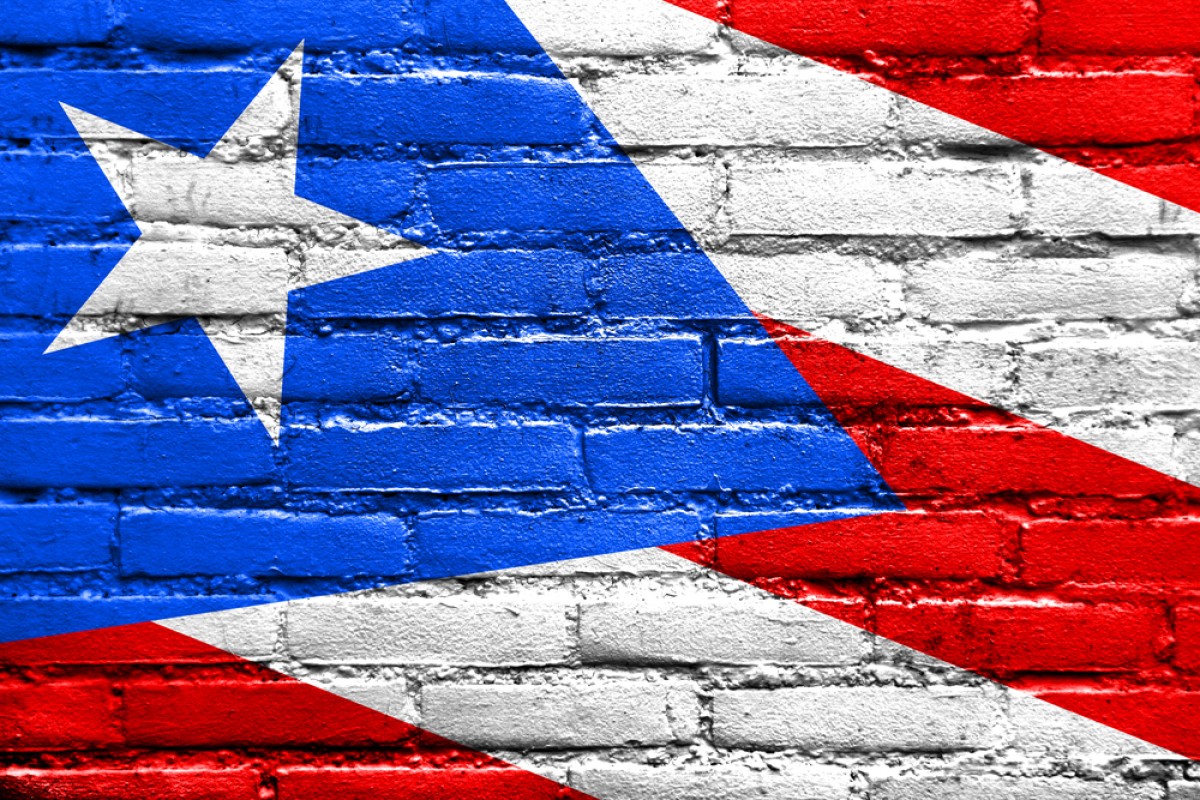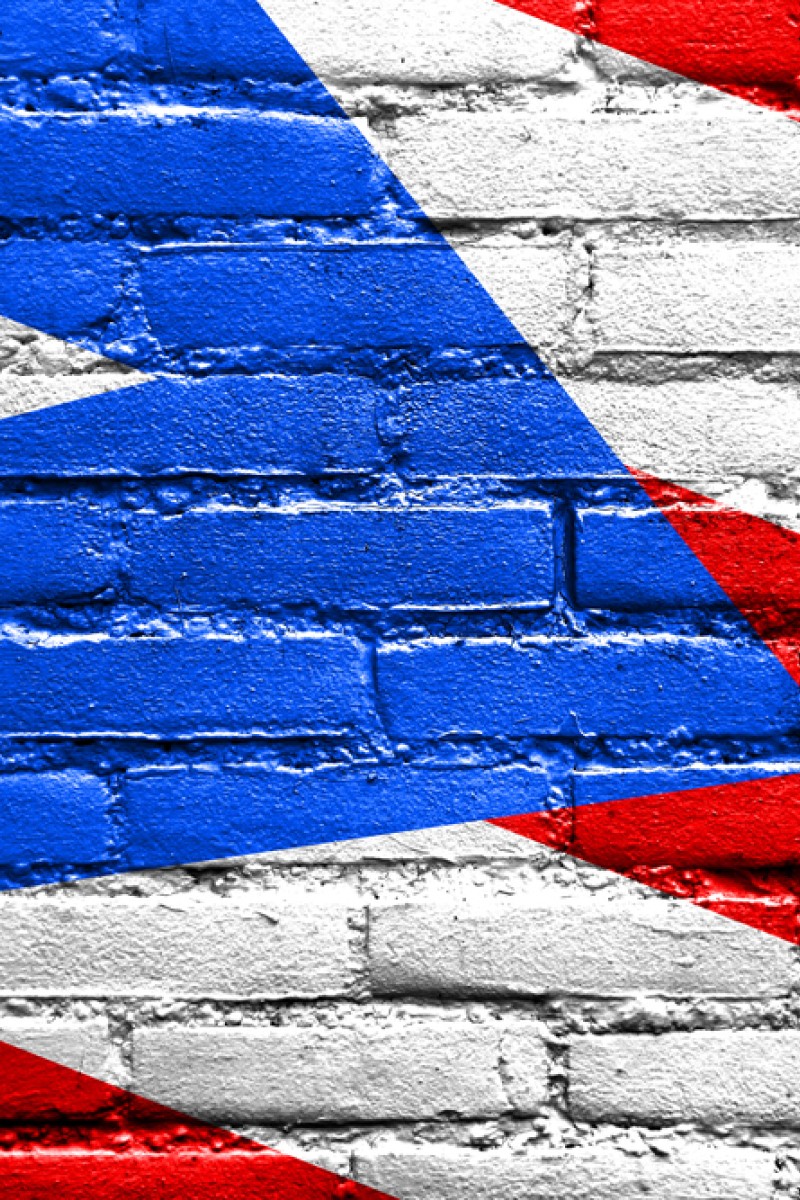Comment

Puerto Rico's debt crisis reached a new level yesterday, when the island's governor said Puerto Rico would not pay most of its US$470 million in debt payments that were due today.
Island officials spent the weekend trying to negotiate a settlement that would have avoided the default. The development comes as the United States Congress has so far been unable to pass a debt restructuring bill for Puerto Rico.
"Let me be very clear, this was a painful decision," Governor Alejandro Garcia Padilla said adding that the government could not make the payment without sacrificing basic necessities for the island's 3.5 million residents.
This default is by far the largest by Puerto Rico, who has been struggling under the weight of US$72 billion in debt that its officials say it cannot pay.
Here's what it's all about:
How much Puerto Rico owes
US$72 billion! But, it's not defaulting on all of it, only a portion.
What has the country done to pay back its debt?
Well, it has increased its sales tax, so people have to pay more for their goods. It has also laid off thousands of government workers to save on their salaries - which means the government gets less in income tax. Making matters worse, hundreds of people leave the island each day in search of a better life, making the tax base even smaller.
So it's bankrupt?
Well, it's not that simple. Puerto Rico would love to declare bankruptcy. If that were an option it might gets its creditors to back off. But it can't. It has to get the US government's permission to do that, and the US government won't give it.
Puerto Rico did try to restructure its debt to give priority to paying bills that would keep the government services going, but it can't do this either.
How Puerto Rico got into this mess
Puerto Rico has been in a recession for roughly 10 years. This was caused by several factors - because it belongs to the US, it is subject to minimum wage and benefit regulations, while its neighbours are not, which makes them more competitive in the holiday market. Factories (and their jobs) started leaving the territory after certain tax credits expired and the global economic downturn that started in 2007 only made things worse.
As a result, the territory's unemployment rate is 12.2 per cent, more than double the 5 per cent unemployment rate for the US, and its poverty rates are the highest in the nation. Residents have been leaving the territory in search of new economic opportunities.
To cover budget shortfalls, Puerto Rico's government started borrowing heavily from a group of lenders known as vultures, and its debt levels ballooned to US$72 billion. Its debt has become so large that the government is unable to pay it if it wants to provide basic services to its people. Roughly a third of Puerto Rican tax revenue now goes to cover its debt.
A vulture what now?
A vulture hedge fund has nothing to do with saving endangered birds and a whole lot to do with squeezing money out of dying economies. These funds buy up government bonds for less than a third of their value. Normally, lenders get scared if they think they won't get their investment capital back, and they want to sell their bonds. The vultures buy the bonds and then do whatever they can to force the governments (remember Greece?) to pay.
Why would investors lend them so much money?
One reason is US tax laws. Due to Puerto Rico's legal standing as a territory of the US, its bonds are considered exempt from income tax to residents of all 50 states. That made its bonds attractive to investors outside of Puerto Rico.
Also, some of the lenders got a priority deal, so that when Puerto Rico pays back some of its debt, it has to pay them first. And furthermore, Puerto Rico is a tax haven, so it's attractive to wealthy people - like the ones who invest in it.
So, why can't Puerto Rico go into bankruptcy like Detroit?
Since Puerto Rico is not a state, it is unable to access what’s known as Chapter 9 of the US Bankruptcy Code. There are current discussions to change this in Congress, but the bill is currently stalled in committee. So it gets the worst of both worlds.
But, Puerto Rico has defaulted before. Why is it so bad this time?
As Puerto Rico took out more debt, it organised its bonds into increasingly complex ways. However, the debt tends to fall under two broad categories: bonds considered by investors to be constitutionally protected and those that are not.
The debt that Puerto Rico defaulted on earlier this year, roughly US$37 million in bonds issued under the Puerto Rico Infrastructure Financing Authority, were considered low priority bonds by the government and not backed by the constitution. The bonds that Puerto Rico has defaulted on now are considered middle priority bonds, issued by a struggling entity known as the Government Development Bank.
The big issue is the bonds coming due this summer. Some of these bonds, due July 1, are considered as general obligation bonds issued directly by Puerto Rico's government and are constitutionally protected. A default of general obligation bonds would be considered a more serious default by investors, and would likely result in Puerto Rico going into legal limbo.
Why would that be so bad?
Once a default on the general obligation bonds happen and without the ability to go into bankruptcy, the only way investors will have to resolve their differences would be the courts, a process that could take years.
Also a group of investors, mainly hedge funds, have bought up distressed Puerto Rican debt and are fighting to get higher pay outs that likely would not happen if Puerto Rico had access to the US Bankruptcy Courts.
Remaining in legal and financial limbo would likely push the island's economy into even steeper decline. The courts could also rule that Puerto Rico is legally obligated to pay all its bonds, despite being unable to make ends meet, forcing the government to cut basic services.
What is the US government doing to help?
The bill currently in discussion would create a board to help manage the island's debt and to oversee some restructuring. House Speaker Paul Ryan has said he is staunchly opposed to a bailout, but also said the US could ultimately be responsible if Congress doesn’t act soon to prevent further problems.
What's Wall Street doing?
Well, Wall Street wants Puerto Rico to let its people suffer while it gets paid. It wants citizens to have less labour protection, public services to be privatised and even more people to lose their jobs.
Sign up for the YP Teachers Newsletter
Get updates for teachers sent directly to your inbox
By registering, you agree to our T&C and Privacy Policy
Comment
Sign up for YP Weekly
Get updates sent directly to your inbox
By registering, you agree to our T&C and Privacy Policy
